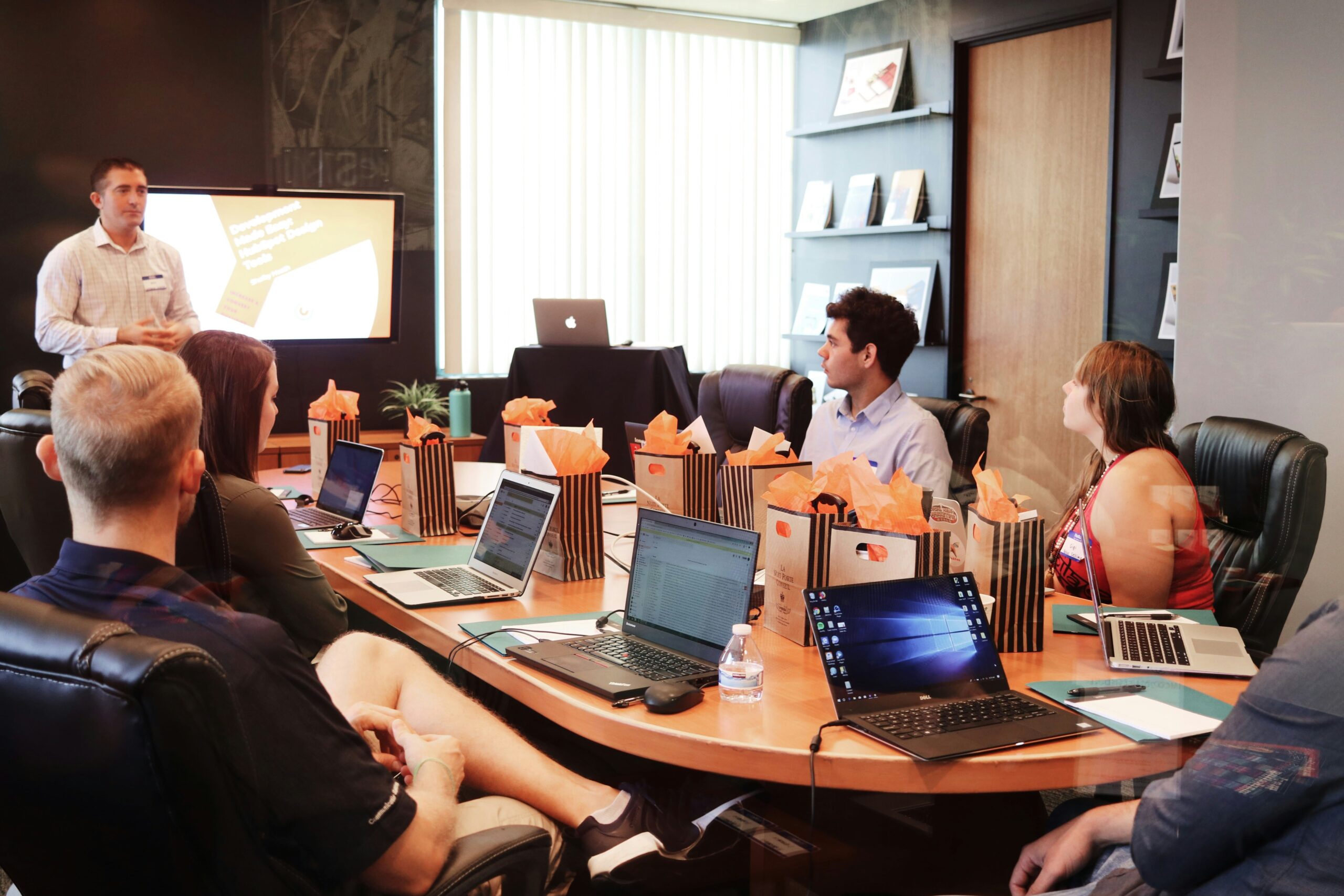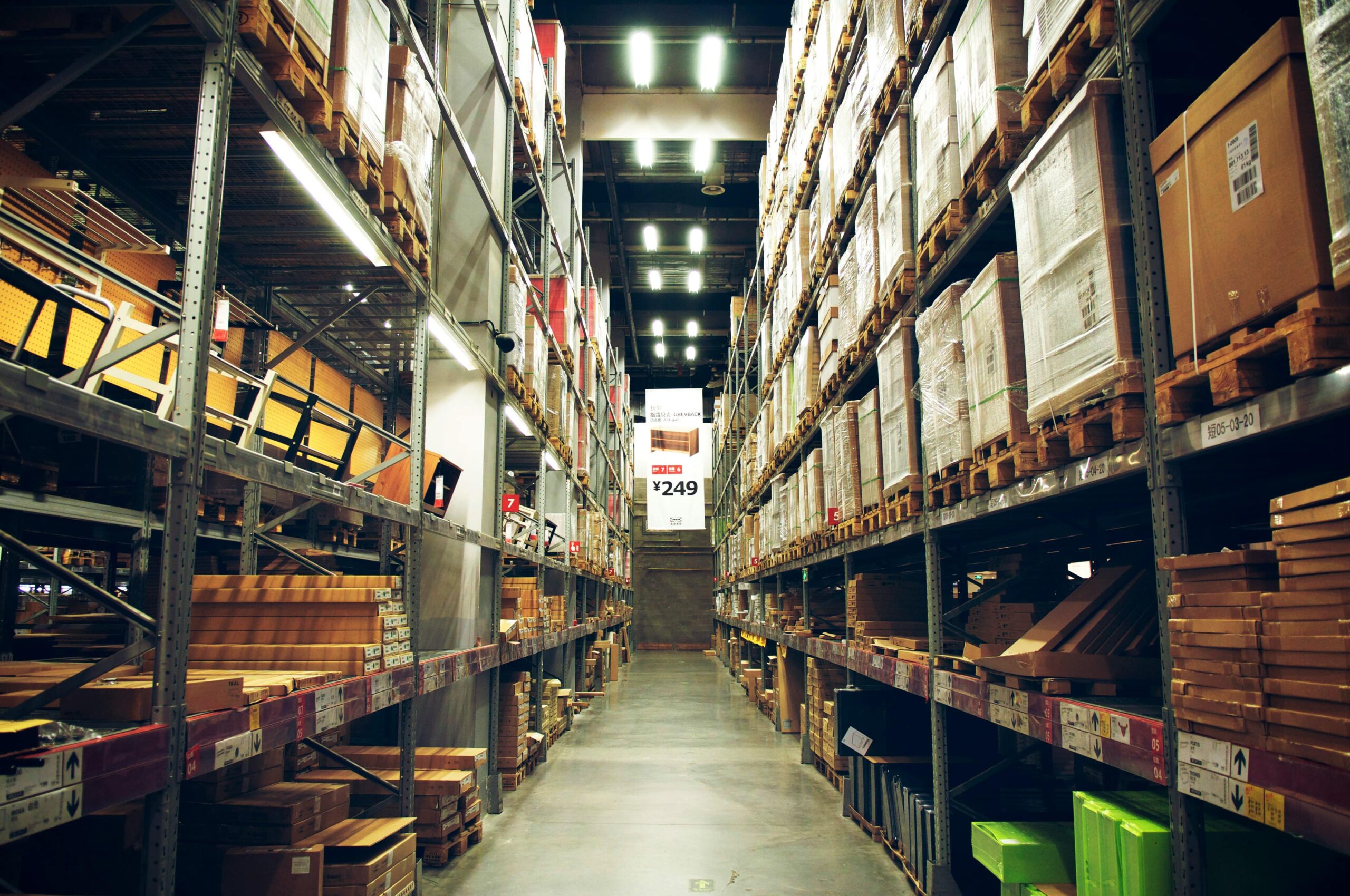In the past, explaining supply chain risk management software was often seen as a back-office concern—something handled by procurement or logistics teams. However, in 2025, this has changed dramatically. From ransomware attacks and geopolitical shocks to ESG violations and regulatory audits, today’s supply chains are exposed to risks that can either build or break a business.
At the heart of this shift is the growing importance of supply chain risk management software. And rightly so: traditional tools simply don’t match the fast-paced, high-risk nature of modern vendor networks.
From Reactive to Strategic: The Governance Imperative
Nowadays, companies are expected to manage their supply chains proactively. Not only that, regulators like EIOPA and the FCA now demand continuous oversight—not just checks at the onboarding stage. Meanwhile, board members want clear proof that third-party risks are under control. At the same time, customers are holding brands responsible for supplier actions.
As a result, governance has become the backbone of effective supply chain risk management. Gone are the days when a spreadsheet of contacts and insurance details was enough. Instead, companies now need a living system that:
-
Tracks contracts and key risk indicators (KRIs)
-
Flags risks and triggers escalations in real time
-
Monitors compliance with GDPR, ESG, and ISO 27001
-
Connects supplier behavior to business impact and legal risk
Clearly, this kind of oversight needs software that can connect contracts, performance, and compliance in one place.
The Role of Supply Chain Risk Management Software
Importantly, modern platforms are far more than simple risk logs or audit tools. For example, the most advanced systems offer:
-
Automated risk scoring and supplier segmentation
-
Continuous tracking of ESG, cybersecurity, and financial risks
-
Built-in compliance with frameworks like ISO 31000 and NIST
-
Governance automation: QBRs, renewal alerts, and workflows
-
AI-powered contract obligation tracking
-
Ready-made reports and digital evidence for audits
While tools like Resilinc, RiskMethods (now part of Sphera), and Archer cover part of this need, newer platforms like Brooklyn go further. Instead of being an add-on, Brooklyn weaves governance into the vendor process—from AI-based contract analysis to automated QBRs and compliance mapping.
This means governance is built in from day one, and maintained through every stage of the supplier relationship—from onboarding and contract reviews to ESG scoring and renewals.
The Risk Multiplier: Supply Chains in a Post-COVID World
Since COVID-19, supply chains have become more fragile. What once seemed rare is now standard. Consider the rise of:
-
Multi-tier supplier dependencies
-
Political unrest disrupting transport
-
ESG issues that damage brand trust
-
Data leaks through cloud vendors
Because of this, software must highlight these hidden risks—not only for compliance teams, but also for CPOs, CFOs, and CMOs.
A New Era: Linking Risk to Value
Perhaps most critically, the best risk software doesn’t just reduce harm—it drives value. For instance, imagine a supplier who misses SLAs, scores poorly on ESG, and delays audits. With the right platform, you could:
-
Flag the problem early
-
Trigger a contract review or vendor switch
-
Back your decision with data
In this way, Brooklyn helps businesses negotiate better terms, remove high-risk vendors, find stronger partners, and stay audit-ready—all through connected dashboards and automation.
Final Thoughts: Build Resilience from the Inside Out
Ultimately, supply chain risk isn’t a one-time fix. Instead, it’s a core skill companies must build. Brooklyn supports this by turning contracts into active governance tools. Rather than relying on static spreadsheets, firms need platforms that:
-
Embed governance into day-to-day operations
-
Support real-time risk decisions
-
Provide a single source of truth for audits and leadership
Done right, supply chain risk software becomes a driver of performance, innovation, and trust.
And now more than ever, it deserves a seat at the strategic table.


